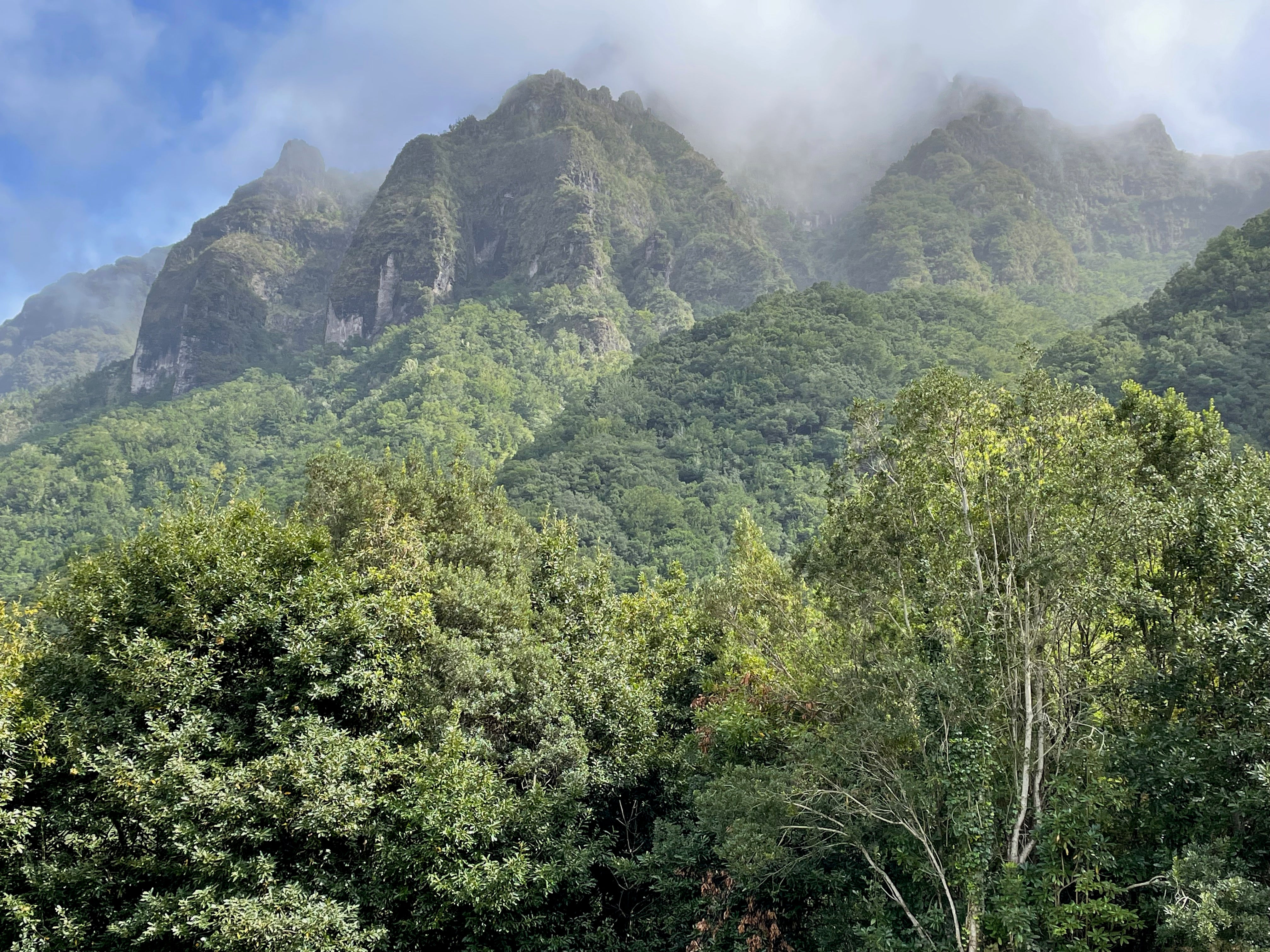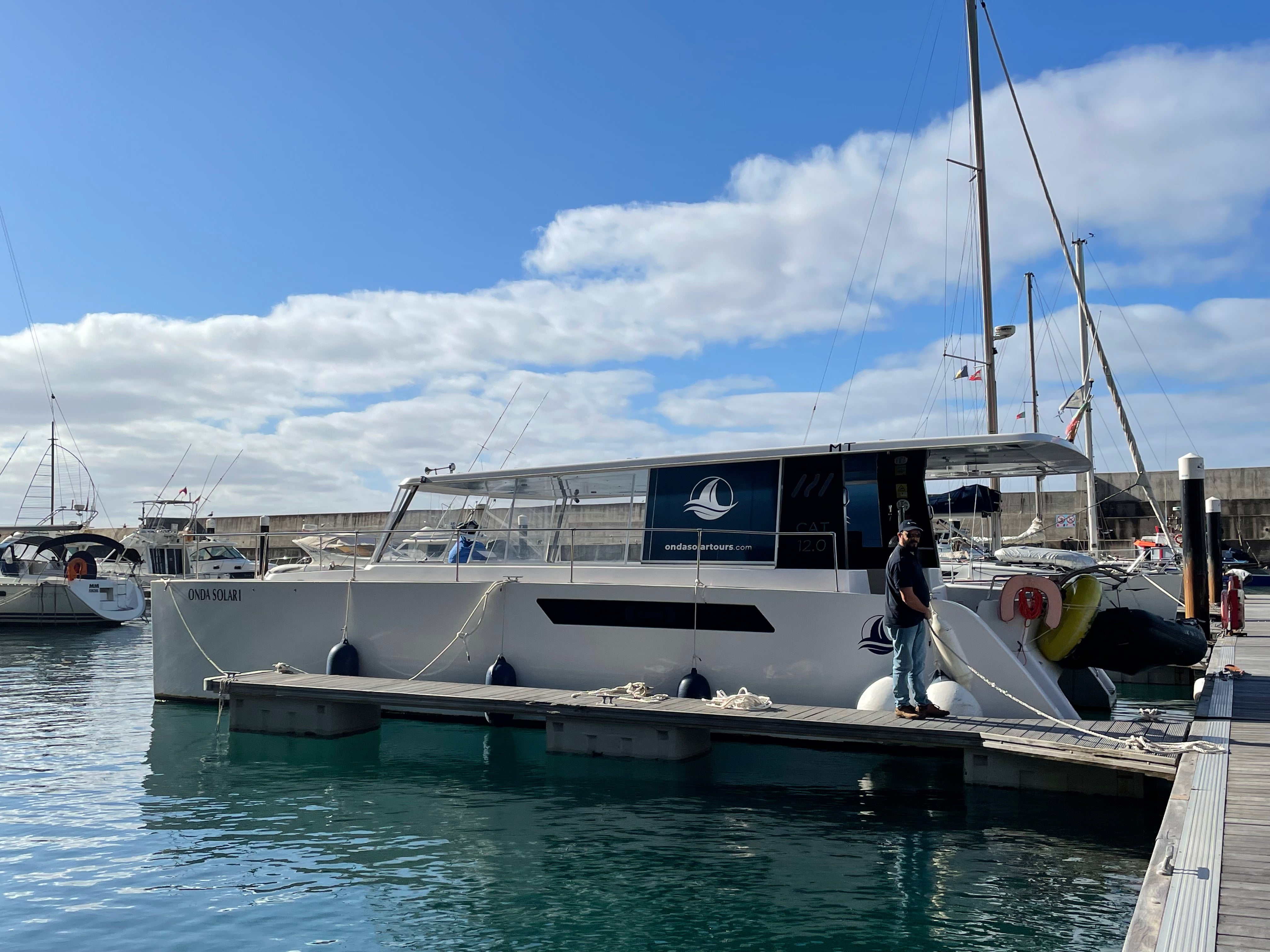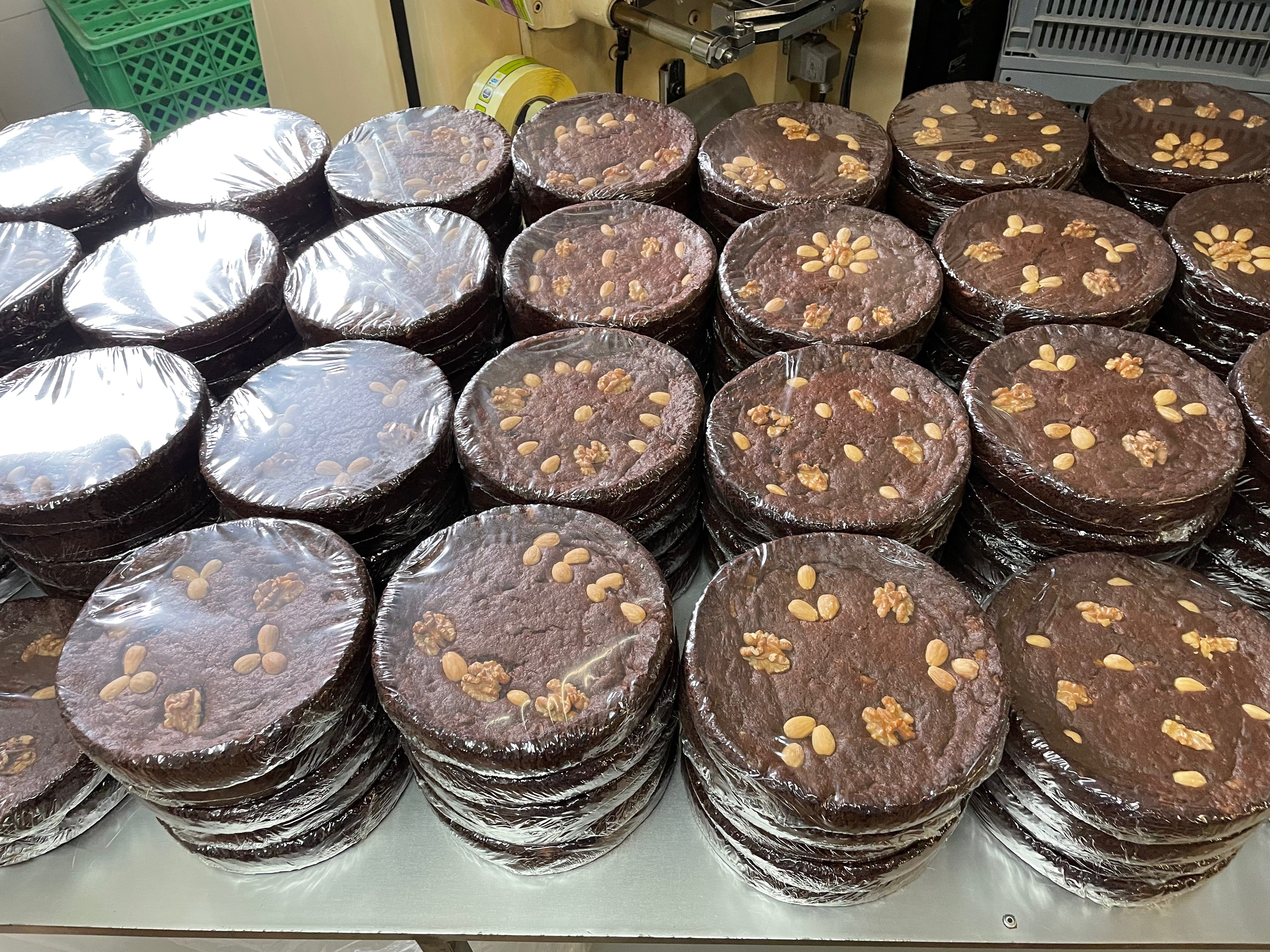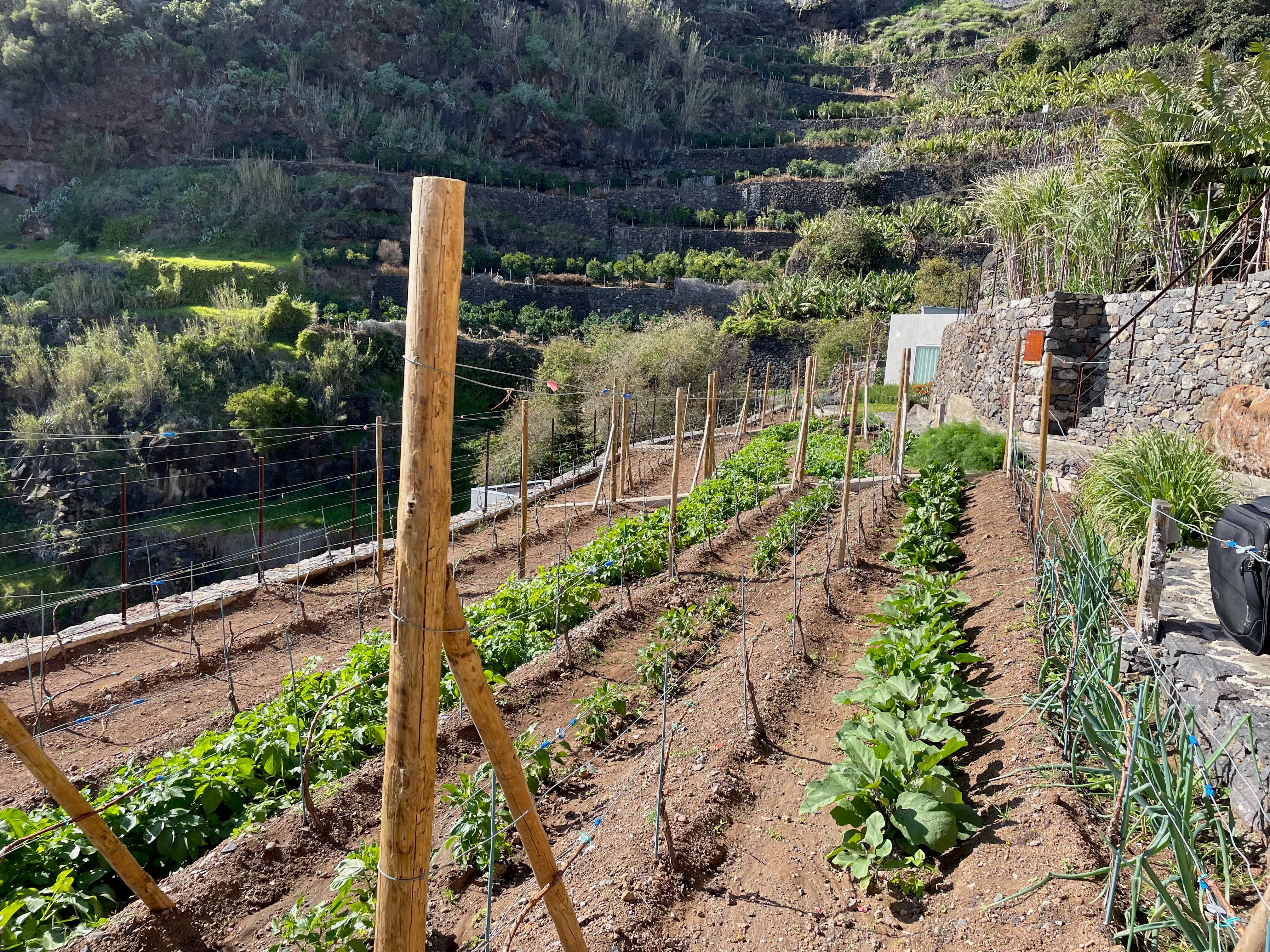Going to ground: Embracing the agritourism life in Madeira
A sustainable stay on this autonomous Portuguese isle is as enjoyable as it is eco, finds Jini Reddy

Peering at the rows of vegetables, fruit trees and aromatic herbs that snake along sloping terraces at Socalco Nature Hotel, my earth-loving heart begins to beat faster. The boutique venture nestled in the cliffs above the seaside town of Calheta, on Madeira’s southwest coast, was created with permaculture in mind. Think a cluster of solar-roofed, self-catering houses and rooms that face the Atlantic, levadas (natural irrigation channels), a lush organic garden and vineyard, and a serious dedication to gastronomy.
It’s heartening to see how this corner of the rocky Portuguese island in the Atlantic has taken strides to appeal to visitors like myself, who seek out the indefinable but palpable “good energy” that comes from sound ecological stewardship and the pleasures of agritourism.

“It’s a passion project,” says owner-chef Octávio Freitas. That night in the restaurant – doors open to the rippling sea, an amber sun sinking around a headland – he serves me a five-course feast. There is no menu, and you get whatever is freshest, caught or picked that day. My meal starts with naturally fermented sourdough – hand on heart, it’s the best bread I’ve ever tasted – served with avocado mousse and truffle butter. It segues into a plate of melt-in-your-mouth squid and julienned vegetables and two courses later ends with a tamarillo ice cream and one overfed writer smacking her lips in delight.
The next morning, after an equally lavish breakfast, I take a short stroll down the hill and along the promenade to Calheta’s marina. Here, I board Onda Solar, the island’s first solar-powered catamaran. It’s gleaming in the sunlight and giving off appealingly yachty vibes. Shy captain Mario Espírito and his smiling son Juan welcome me aboard, and talk me through the specs: there are 40 solar panels mounted on the cabin roof, producing enough electricity to charge the boat, wifi, a bar and refrigerator. “We can do up to five-hour journeys at a time,” says Juan.
Knowing that the marine life can exhale lends an extra shine to the simple joy of sunbathing on deck
Unlike the noisy zodiacs that head off in search of whales and dolphins, the Onda Solar is as quiet as a whisper, which means no noise pollution to stress the cetaceans. Knowing that the marine life can exhale lends an extra shine to the simple joy of sunbathing on deck and enjoying views of the coastline on a two-hour jaunt. Juan tells me that Madeira aims to be totally sustainable. “Currently the island generates 30 per cent hydro and wind power,” he says pointing to some wind turbines whirring atop the distant Paul da Serra plateau.
That evening, I dine at Quintas das Vinhas, an organic vineyard in Calheta, which offers meals and retreat-style stays in pretty cottages and a charming 17th-century manor house. The delicious food and wine, the scent of jasmine, striking orange bird of paradise flowers and sweeping views of the sea across the vineyard dissolve whatever traces of tension I’m still carrying from London. But my body is crying for a workout.

Thankfully, the next day I’m booked to head off for a levada walk with André Dias, a mountain guide. The footpaths that criss-cross the island run alongside irrigation channels that carry water from the ancient laurisilva forest down to the agricultural fields. The 25 Fontes hike in Rabaçal (fontes means waterfall ) is 11km of ups and downs along a zigzag path that hugs the forest slopes. We walk past mystical-feeling, mossy trees, skirt streams and a towering waterfall, spot white lilies and blue agapanthuses, squish citronella between our fingers, and emerge to breathtaking valley views. It’s a popular hike but Andre deftly leads us away from the crowds, and onto quieter paths.

On the wilder western edge of the island, I stay in a huge stone house, one of a handful in the Casas da Levada in Ponta do Pargo. The property, flanked by forest and sea, is cloaked in mist when I arrive, but I can hear the bleating of the resident goats and sheep. The onsite organic gardens are lovingly tended (and you’re free to pick the produce), there’s an infinity pool, water is solar-heated and fresh bread is delivered to my doorstep in the morning. I’m impressed by the attention to detail: downstairs, I find a fridge full of breakfast goodies and a fully equipped kitchen.
The property, flanked by forest and sea, is cloaked in mist when I arrive, but I can hear the bleating of the resident goats and sheep
On my last day, I join a brand new jeep tour to meet small, local food producers in São Vicente, a region of dramatic peaks in the north of the island. We happily bump along off-road in the crisp air before Rui, my guide, introduces me to a family who make delicious honey cake and broas de mel (honey biscuits) using treacle from the island’s sugar canes – I leave laden with goodies. I meet one of the island’s 300 honey producers, sample a fiery Madeiran poncha laced with rum and, best of all, help to prepare a delicious espetada, a traditional barbecue, in a private home ringed by mountains. To work up an appetite we, hike to the nature-mad owner’s waterfall – it’s bliss. “On the island we work hard to keep Madeira a natural paradise,” Rui says proudly. I don’t need convincing – I know a good thing when I see it.

Travel essentials
Getting there
Trying to fly less?
Madeira doesn’t appear to be accessible flight-free at present. After a six-year break, a weekly ferry between mainland Portugal and Funchal resumed in 2018; but the service was suspended once more during the pandemic.
Fine with flying?
Airlines including easyJet, Jet2, Ryanair and Wizz Air fly direct from the UK to Funchal.
Staying there
Doubles at Socalco Nature Hotel from £103, B&B.
Doubles at Casas da Levada from €102, B&B.
Doubles at Quintas das Vinhas from €150, B&B, in the manor house; cottage stays from €160 per night.
More information
The “Be Madeiran for a Day” tour from True Spirit Jeep Tours costs €79 and includes lunch and pick-up/drop-off in Funchal.
Mountain guide Andre Dias is bookable via MB Tours.
Onda Solar Tours’ Coastal Tour costs €40 for the two-hour trip
Go to Visit Madeira for more information.
Jini Reddy is the author of ‘Wanderland’, Bloomsbury Books
Join our commenting forum
Join thought-provoking conversations, follow other Independent readers and see their replies
Comments
Bookmark popover
Removed from bookmarks